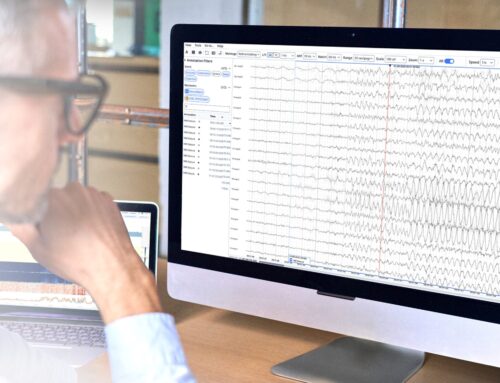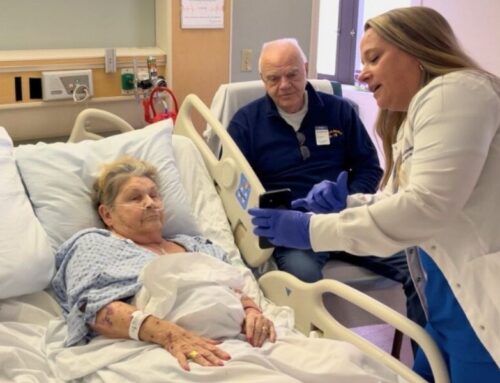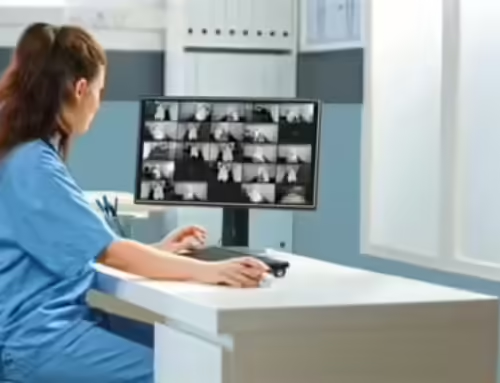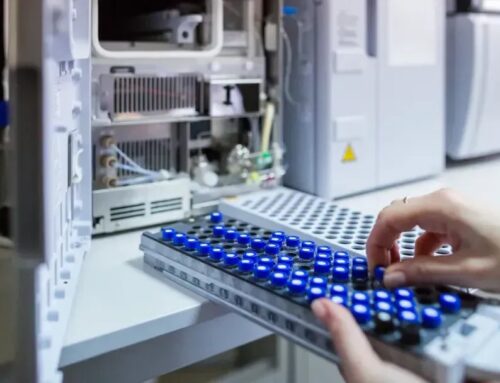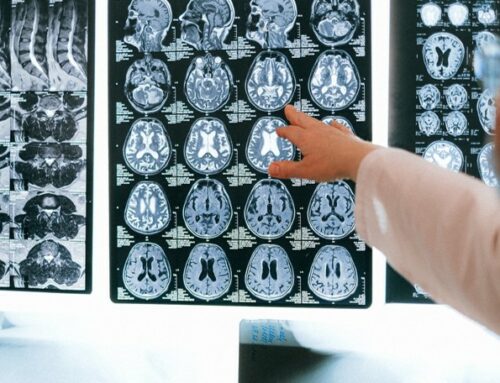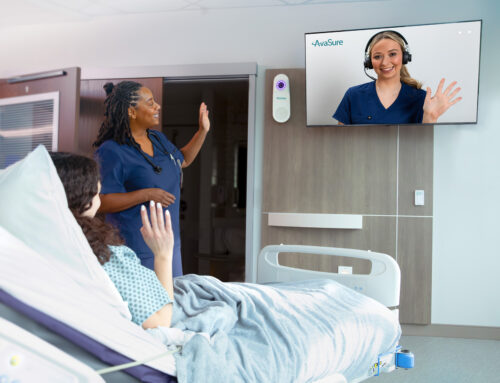By Dr. Ruchi Thanawala, Co-Founder of Firefly |

Current Halstedian apprenticeship models of surgical training are outdated, but competency-based training is not yet entirely possible without the further application of technology. Traditional structures and tools for surgical training often lack the sufficient and timely feedback required for residents to improve their performance. What’s more, when it does occur, most of the input is not captured in a way it can be followed longitudinally.
Timely and thoughtful feedback is vital for residents to improve, so they can continue progressing on their path to becoming future surgeons. Feedback increases the chances of engagement from the learner, helping to accelerate their learning processes, which is true for surgeons at all stages of their career development.
While much of healthcare has been undergoing digital transformation, surgical training has been slow to benefit from the assistance Artificial Intelligence (AI) and Machine Learning (ML) can provide.
New management platforms for learning support that use technology to provide performance tracking and personalized feedback are helping. AI- and ML-powered software is creating a much-needed paradigm shift in how feedback is provided to and used by residents and across surgical training programs.
Please, can I have some more?
Despite its integral importance to resident development, feedback can be hard to give for teaching faculty due to many competing demands for time and cognitive energy. Also, not all faculty are trained to provide residents with effective feedback. As a result, informal comments passed between teaching staff can be the basis for the picture they build around each student. As such, biases may occur where teaching faculty lack objective information.
The current practice of surgical training centers around informal apprenticeship. While students are eager to improve, it can be hard to build relationships with multiple educators, especially busy ones. Educators are undoubtedly passionate about their fields but have so far been without adequate tools to track resident operative performance and assess the quality of their program over time.
This lack of a centralized data capture system is exacerbating the problem. A single educational management platform can use technology to enable the delivery and comparison of multiple evaluation types, giving trainees personalized feedback and the ability to compare with their peers to incentivize learning. AI is there to support human interactions in education, providing the ability to capture data effectively and give a better understanding of learners’ journeys.
Feeding Feedback the Right Way
For feedback to be useful, it needs to be received as soon as possible and contain both positive and critical comments to be effective – call it scoreboard and applause approach. Slow feedback with general comments is as good as no feedback at all.
A default situation is for residents to finish a rotation, in breast surgery, for example, but have received only verbal feedback. It could then be months later until a referenceable written report is provided. They might have around 30 cases within that rotation, so it can be hard for them to follow up on the feedback after such a delay. Without a central learning platform to manage the input, it’s also possible the chance for feedback is lost as many cases go unlogged due to their volume and previously manual entry system. Timely delivered actionable suggestions are central to residents’ ability to get better faster.
Case logging is notoriously under-reported due to multiple issues of time constraints, data retrieval, and a lack of access to data entry and procedural code decision tools. ML, in this instance, is recording case logging patterns and mapping the influence of systems and human factors to better define what residents are doing and evaluate. Automation then creates shortened feedback cycles with targeted interventions that help students continually improve.
Feedback is essential to understanding an individual trainee’s education longitudinally and has the possibility to guide national education policy. Fast and actionable feedback captured in one place gives a structure for measuring and monitoring feedback to see how learning happens and inform educators and policy-makers alike.
Reducing Biases and Improving Transparency
With data and feedback captured, it becomes possible to map the learning journey and use technology to identify potential patterns of implicit and explicit biases against trainees. Gender as an influencing factor is recognized to affect the type of feedback a trainee may receive, while elsewhere residents have reported cases of microaggressions attributed to their race. Monitoring patterns in access to cases can ensure diversity and inclusion for all trainees.
A standardized and centralized approach to learning equally incentivizes trainees as they can track their performance, while anonymized data gives an opportunity to measure their development against peers. This is as important for older surgeons as well as younger ones, as the level of a surgeon’s skill and dexterity in the operating room is a critical factor in patient recovery. Thanks to constant innovations within surgical fields, learning is relevant to surgeons of all ages. A comparable and personalized approach also means surgeons in the late stages of their careers are better equipped to know when their performance levels are deteriorating or using an outdated technique.
Live dashboards and anonymized data comparison for learners reduce stress for students where they can receive the feedback they need sooner and with less difficulty than with multiple points of contact. This self-directed learning approach empowers students to identify their weak points and use their time to address specific areas for improvement. Educators too can have a quicker overview of their student performance and can more easily pick out students who may need extra support.
AI has for a long time been cited as a way to reduce bias and improve transparency, and forging tools to do so in the operating room should be a goal across institutions as a public health responsibility. Thankfully, technology is proving an opportunity to provide objective feedback that supports learning without encouraging a burnout culture from trainees and giving them the ability to flourish as learners and surgeons.
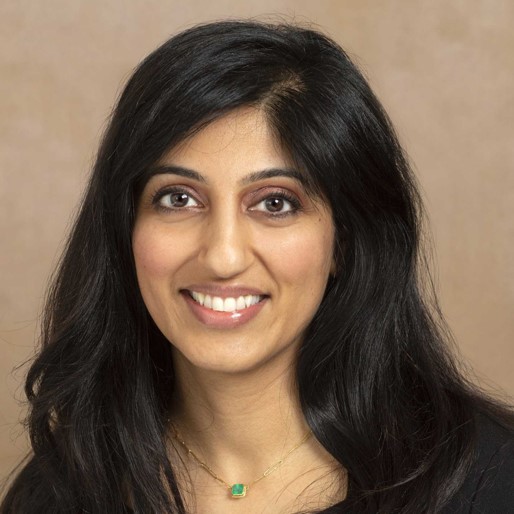 About The Author
About The Author
Dr. Ruchi Thanawala, Thoracic Surgeon and co-founder of FireFly Lab, a platform designed to help doctors and surgeons master their surgical procedures, accelerating their learning through timely, actionable feedback from expert surgical educators.




